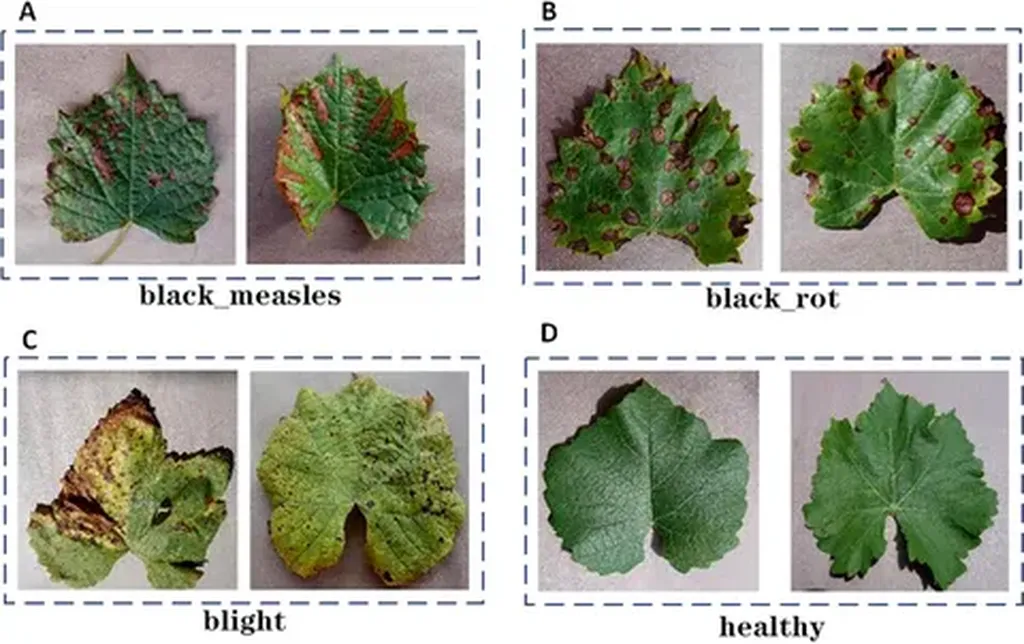In the heart of Brunei Darussalam, a groundbreaking dataset is set to revolutionize the way we approach agarwood disease and pest management. Aquilaria Malaccensis, the tree responsible for producing the highly prized agarwood, is under threat from a myriad of pathogens and pests. This poses a significant challenge to the commercial viability of agarwood plantations. However, a newly published dataset in *Data in Brief* offers a beacon of hope for farmers and researchers alike.
The dataset, comprising 5,472 high-resolution images of agarwood leaves, is classified into 14 categories, including eight types of diseases, five types of pests, and a category of healthy leaves. Captured using a PowerShot G7X Mark III camera, the images were collected from three different agarwood plantation sites: Batong, Benutan, and Bukit Silat. The project was led by the Institute for Biodiversity and Environmental Research (IBER) at Universiti Brunei Darussalam, with scientists and biologists from the Botanical Research Centre (UBD BRC) playing a pivotal role.
“This dataset is a game-changer,” said lead author Wasswa Shafik from the School of Digital Science at Universiti Brunei Darussalam. “It provides a robust foundation for developing advanced computational models that can accurately identify and diagnose diseases and pests in agarwood trees.”
The commercial implications of this research are profound. Agarwood, known for its fragrant resin, is a valuable commodity in the perfume and incense industries. However, diseases and pests can severely compromise resin production and tree viability, leading to substantial economic losses for farmers. By leveraging machine learning and computer vision techniques, farmers can now detect and identify diseases in their trees more efficiently and accurately.
“This dataset is particularly valuable for training and validating deep learning algorithms aimed at identifying agarwood diseases and pests,” Shafik explained. “It offers researchers and learners a robust data resource for analyzing and improving agarwood plant health.”
The potential applications of this dataset extend beyond Brunei Darussalam. As the global demand for agarwood continues to rise, the need for sustainable and efficient agricultural practices becomes increasingly critical. The dataset’s availability could pave the way for similar initiatives in other regions, fostering international collaboration and knowledge sharing.
“This research is not just about identifying diseases; it’s about empowering farmers with the tools they need to make informed decisions,” Shafik added. “By providing timely and accurate diagnoses, we can help farmers intensify their profits and ensure the long-term sustainability of agarwood plantations.”
As the agricultural sector continues to embrace disruptive sustainable technologies, the development of robust and generalizable AI models will be crucial. This dataset, published in *Data in Brief* and led by Wasswa Shafik from the School of Digital Science at Universiti Brunei Darussalam, represents a significant step forward in this direction. It offers a glimpse into a future where technology and agriculture converge to create more resilient and profitable farming practices.

